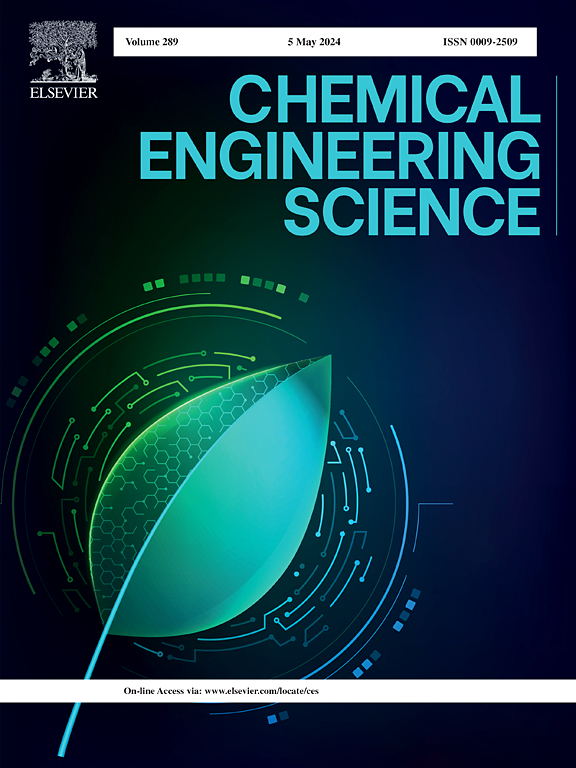Thermodynamic properties of natural gas mixture in the pre-salt layer: A molecular dynamics approach
IF 4.1
2区 工程技术
Q2 ENGINEERING, CHEMICAL
引用次数: 0
Abstract
Accurate determination of thermodynamic properties under extreme conditions, such as those of supercritical fluids, is challenging. Such conditions are typically found in the oil reservoirs in pre-salt layer. In this work, we investigate the behavior of thermodynamic properties of natural gas mixtures, primarily composed of methane (CH4), light hydrocarbons, and non-hydrocarbon gases, in pre-salt layer conditions employing molecular dynamics simulations with the TraPPE and OPLS force fields. We computed density, speed of sound, isobaric and isochoric heat capacities, Joule-Thomson coefficient, isothermal compressibility, and thermal expansion coefficient over a temperature range of 323.15 to 413.15 K and a pressure range of 10 to 60 MPa. To enhance the accuracy of our results, we employed the Multistate Bennett Acceptance Ratio (MBAR) estimator. The values obtained for density and speed of sound showed strong agreement with available experimental data. Given the scarcity of experimental data for the other properties, we validated our simulation results against the Soave-Benedict-Webb-Rubin (SBWR) equation of state. Notably, the rigid-molecule force fields provided a more accurate description of the thermodynamic properties of the natural gas mixture studied, underscoring its efficacy in modeling complex fluid behaviors under extreme conditions.求助全文
约1分钟内获得全文
求助全文
来源期刊

Chemical Engineering Science
工程技术-工程:化工
CiteScore
7.50
自引率
8.50%
发文量
1025
审稿时长
50 days
期刊介绍:
Chemical engineering enables the transformation of natural resources and energy into useful products for society. It draws on and applies natural sciences, mathematics and economics, and has developed fundamental engineering science that underpins the discipline.
Chemical Engineering Science (CES) has been publishing papers on the fundamentals of chemical engineering since 1951. CES is the platform where the most significant advances in the discipline have ever since been published. Chemical Engineering Science has accompanied and sustained chemical engineering through its development into the vibrant and broad scientific discipline it is today.
 求助内容:
求助内容: 应助结果提醒方式:
应助结果提醒方式:


